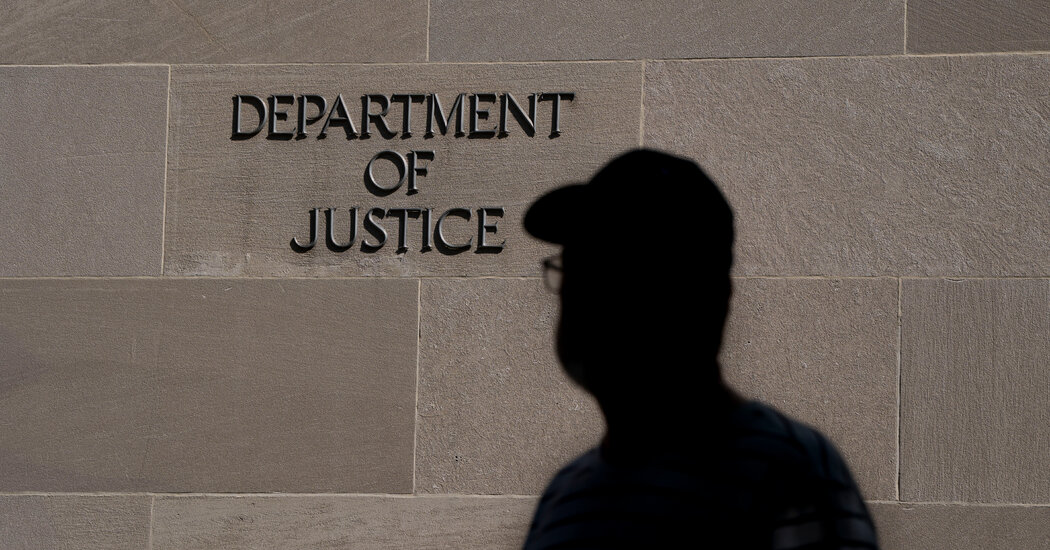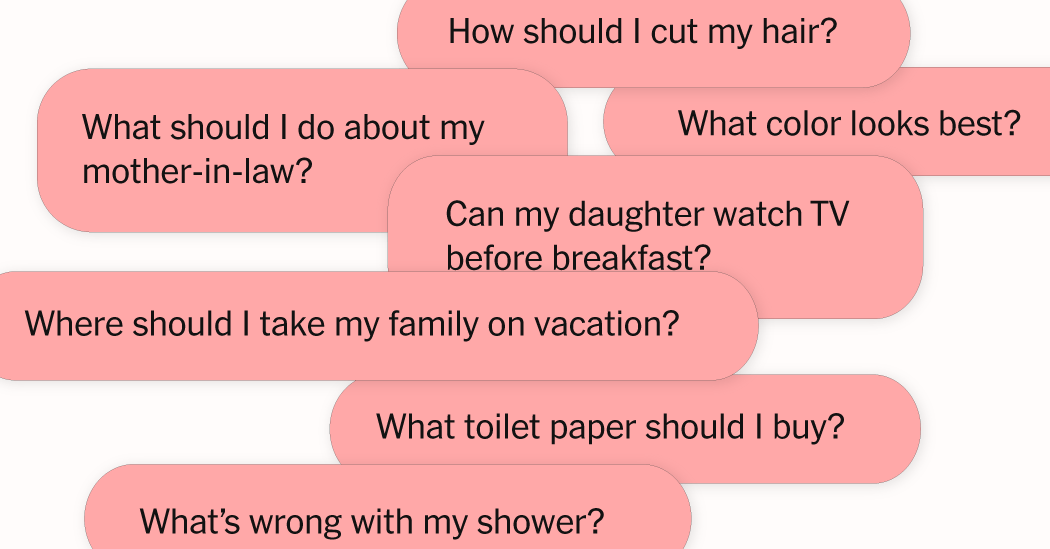Law enforcement officials are bracing for an explosion of material generated by artificial intelligence that realistically depicts children being sexually exploited, deepening the challenge of identifying victims and combating such abuse.
The concerns come as Meta, a primary resource for the authorities in flagging sexually explicit content, has made it tougher to track criminals by encrypting its messaging service. The complication underscores the tricky balance technology companies must strike in weighing privacy rights against children’s safety. And the prospect of prosecuting that type of crime raises thorny questions of whether such images are illegal and what kind of recourse there may be for victims.
Congressional lawmakers have seized on some of those worries to press for more stringent safeguards, including by summoning technology executives on Wednesday to testify about their protections for children. Fake, sexually explicit images of Taylor Swift, likely generated by A.I., that flooded social media last week only highlighted the risks of such technology.
“Creating sexually explicit images of children through the use of artificial intelligence is a particularly heinous form of online exploitation,” said Steve Grocki, the chief of the Justice Department’s child exploitation and obscenity section.
The ease of A.I. technology means that perpetrators can create scores of images of children being sexually exploited or abused with the click of a button.
Simply entering a prompt spits out realistic images, videos and text in minutes, yielding new images of actual children as well as explicit ones of children who do not actually exist. These may include A.I.-generated material of babies and toddlers being raped; famous young children being sexually abused, according to a recent study from Britain; and routine class photos, adapted so all of the children are naked.
“The horror now before us is that someone can take an image of a child from social media, from a high school page or from a sporting event, and they can engage in what some have called ‘nudification,’” said Dr. Michael Bourke, the former chief psychologist for the U.S. Marshals Service who has worked on sex offenses involving children for decades. Using A.I. to alter photos this way is becoming more common, he said.
The images are indistinguishable from real ones, experts say, making it tougher to identify an actual victim from a fake one. “The investigations are way more challenging,” said Lt. Robin Richards, the commander of the Los Angeles Police Department’s Internet Crimes Against Children task force. “It takes time to investigate, and then once we are knee-deep in the investigation, it’s A.I., and then what do we do with this going forward?”
Law enforcement agencies, understaffed and underfunded, have already struggled to keep pace as rapid advances in technology have allowed child sexual abuse imagery to flourish at a startling rate. Images and videos, enabled by smartphone cameras, the dark web, social media and messaging applications, ricochet across the internet.
Only a fraction of the material that is known to be criminal is getting investigated. John Pizzuro, the head of Raven, a nonprofit that works with lawmakers and businesses to fight the sexual exploitation of children, said that over a recent 90-day period, law enforcement officials had linked nearly 100,000 I.P. addresses across the country to child sex abuse material. (An I.P. address is a unique sequence of numbers assigned to each computer or smartphone connected to the internet.) Of those, fewer than 700 were being investigated, he said, because of a chronic lack of funding dedicated to fighting these crimes.
Although a 2008 federal law authorized $60 million to assist state and local law enforcement officials in investigating and prosecuting such crimes, Congress has never appropriated that much in a given year, said Mr. Pizzuro, a former commander who supervised online child exploitation cases in New Jersey.
The use of artificial intelligence has complicated other aspects of tracking child sex abuse. Typically, known material is randomly assigned a string of numbers that amounts to a digital fingerprint, which is used to detect and remove illicit content. If the known images and videos are modified, the material appears new and is no longer associated with the digital fingerprint.
Adding to those challenges is the fact that while the law requires tech companies to report illegal material if it is discovered, it does not require them to actively seek it out.
The approach of tech companies can vary. Meta has been the authorities’ best partner when it comes to flagging sexually explicit material involving children.
In 2022, out of a total of 32 million tips to the National Center for Missing and Exploited Children, the federally designated clearinghouse for child sex abuse material, Meta referred about 21 million.
But the company is encrypting its messaging platform to compete with other secure services that shield users’ content, essentially turning off the lights for investigators.
Jennifer Dunton, a legal consultant for Raven, warned of the repercussions, saying that the decision could drastically limit the number of crimes the authorities are able to track. “Now you have images that no one has ever seen, and now we’re not even looking for them,” she said.
Tom Tugendhat, Britain’s security minister, said the move will empower child predators around the world.
“Meta’s decision to implement end-to-end encryption without robust safety features makes these images available to millions without fear of getting caught,” Mr. Tugendhat said in a statement.
The social media giant said it would continue providing any tips on child sexual abuse material to the authorities. “We’re focused on finding and reporting this content, while working to prevent abuse in the first place,” Alex Dziedzan, a Meta spokesman, said.
Even though there is only a trickle of current cases involving A.I.-generated child sex abuse material, that number is expected to grow exponentially and highlight novel and complex questions of whether existing federal and state laws are adequate to prosecute these crimes.
For one, there is the issue of how to treat entirely A.I.-generated materials.
In 2002, the Supreme Court overturned a federal ban on computer-generated imagery of child sexual abuse, finding that the law was written so broadly that it could potentially also limit political and artistic works. Alan Wilson, the attorney general of South Carolina who spearheaded a letter to Congress urging lawmakers to act swiftly, said in an interview that he anticipated that ruling would be tested, as instances of A.I.-generated child sex abuse material proliferate.
Several federal laws, including an obscenity statute, can be used to prosecute cases involving online child sex abuse materials. Some states are looking at how to criminalize such content generated by A.I., including how to account for minors who produce such images and videos.
For one teenage girl, a high school student in Westfield, N.J., the lack of legal repercussions for creating and sharing such A.I.-generated images is particularly acute.
In October, the girl, 14 at the time, discovered that she was among a group of girls in her class whose likeness had been manipulated and stripped of her clothes in what amounted to a nude image of her that she had not consented to, which was then circulated in online chats. She has yet to see the image itself. The incident is still under investigation, though at least one male student was briefly suspended.
“It can happen to anyone by anyone,” her mother, Dorota Mani, said in a recent interview.
Ms. Mani said that she and her daughter were working with state and federal lawmakers to draft new laws that would make such fake nude images illegal. This month, the teenager spoke in Washington about her experience and called on Congress to pass a bill that would give recourse to people whose images were altered without their consent.
Her daughter, Ms. Mani said, had gone from being upset to angered to empowered.







